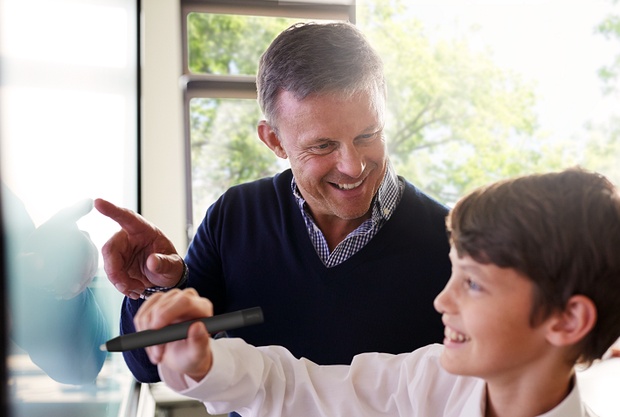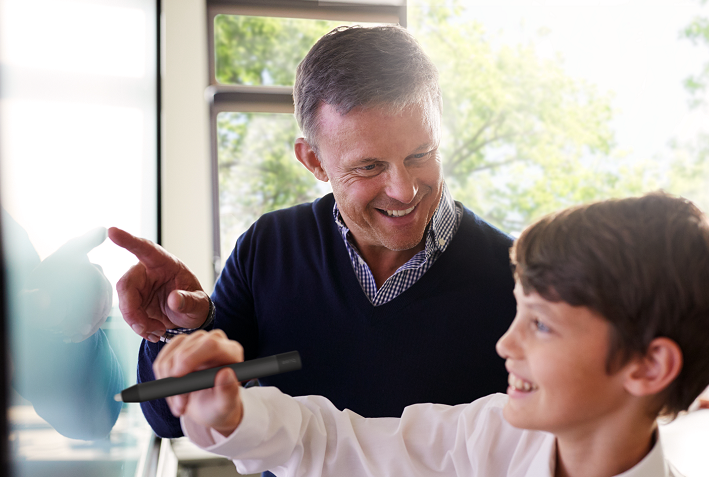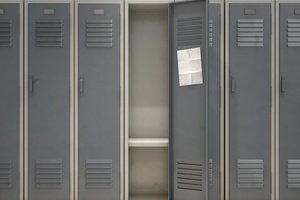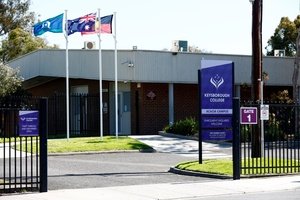The two main drivers behind the reopening of schools are vaccines and ventilation.
Improving the ventilation of school buildings has especially become a priority, due to the airborne transmission risk of the COVID-19 virus.
That is why the Victorian Government recently announced one of the biggest ventilation investments in Australian history, with 51,000 air purification devices set to be installed in schools.
Meanwhile in NSW, a Government audit will determine whether 150,000 public school classrooms and facilities have adequate ventilation systems to sustain airflow.
The other threat to schools is the contagious Delta strain.
Whilst it was noted in the early days of the pandemic that children had a lower risk of contracting the virus compared to adults, Delta has changed the game.
Evidence from the UK shows that about 10 per cent of COVID-19 cases are unvaccinated children under the age of 10.
With Delta’s greater transmissibility amongst young people, plus the increased risks of low ventilation buildings, classrooms could become a perfect storm for spreading the virus.
Aerosol physicist Lidia Morawska recently told Australian Teacher Magazine that without quality ventilation systems, COVID transmission in schools is a serious risk.
The advisor to the World Health Organisation (WHO) described the situation awaiting many Australian teachers and students as critical and that urgent action is needed.
COVID-19 virus is airborne
Before we take a look at how schools can help provide a COVID-safe environment, let’s first understand the risks associated with indoor settings.
We now know that COVID-19 is an airborne disease.
This means that the infection and transmission of the virus occurs via inhalation of very fine respiratory droplets as well as aerosol particles.
These particles fly out when we exhale, speak, cough or sneeze, and can remain suspended in the air, possibly for many hours.
Indoor settings are especially a hotspot, as the virus can amass in the air with no escape.
The risk is even greater in poorly ventilated buildings, with experts warning that bad ventilation can increase the likelihood of super-spreader events.
At an EduTECH presentation in August, Professor Geoff Hanmer recommended pandemic precautions that schools can implement to protect students and staff.
The architect and building design expert had researched the effects of ventilation on the transmission of COVID-19 during last year’s second wave in Victoria.
“We were seeking to explain why so many infections were occurring in aged care facilities,” he said.
“The answer that we came to is that SARS-CoV-2 transmission is essentially associated with low ventilation.”
Hanmer said COVID-19 is more likely to spread inside buildings, because people outside are less likely to inhale someone else’s exhaled air.
In fact, according to the US Centers for Disease Control and Prediction, the risk of catching COVID-19 indoors is 18.7 times higher than in open air.
The characteristics of buildings are also associated with cases of indoor transmission.
“For most buildings, winter is the riskiest season simply because ventilation is reduced and also because heating reduces the relative humidity of the air,” Hanmer said.
“Research shows that dry air is more likely to facilitate transmission of COVID-19 and other airborne respiratory diseases as well.”
As part of a recent monitoring of public buildings, Hanmer discovered that many schools had poor ventilation, including schools with newer mechanical ventilation and air conditioning systems.

The expert said air quality had been neglected in recent school building design, and that open-plan classrooms especially posed a risk.
“The ’70s saw the introduction of open plan learning, all for good reasons.
“We’ve learned a few things since then, but of course this type of arrangement, where we have the deeper plan and less access to windows, is fundamentally less favourable in an environment where we’re trying to ensure high levels of ventilation.”
Hanmer said a typical modern school has a deep plan where the middle of the building is a long way away from windows.
“It means we get modern methods of teaching, but we are going to have to figure out how to make sure that buildings like this are well ventilated as well as being good places to learn and teach.”
The expert said schools were “absolutely correct to encourage more activities outdoors”, but this would only solve part of the problem.
“It’s important that [schools] also do everything they can to make indoor space as safe as possible because they’re going to use them,” Hanmer said.
Similarly, other precautions such as social distancing and hand washing may also not be enough.
In order to mitigate the risks of airborne COVID-19 transmission, Hanmer suggested that schools look to improve their ventilation to provide safe and clean air inside.
Monitoring CO2
Schools can take several measures to ensure their buildings are well ventilated.
The first step is to measure carbon dioxide (CO2), which can be achieved through C02 meters.
Higher CO2 levels indicate a lack of ventilation, or in other words, the ‘slow exchange between indoor and outdoor air’.
According to a study from the University of New South Wales (UNSW), many Australian students are learning in classrooms with poor indoor air quality and high CO2 levels.
Researchers discovered that due to a lack of proper ventilation, CO2 in some classrooms was higher than the 850 parts per million (ppm) threshold prescribed by the National Construction Code.
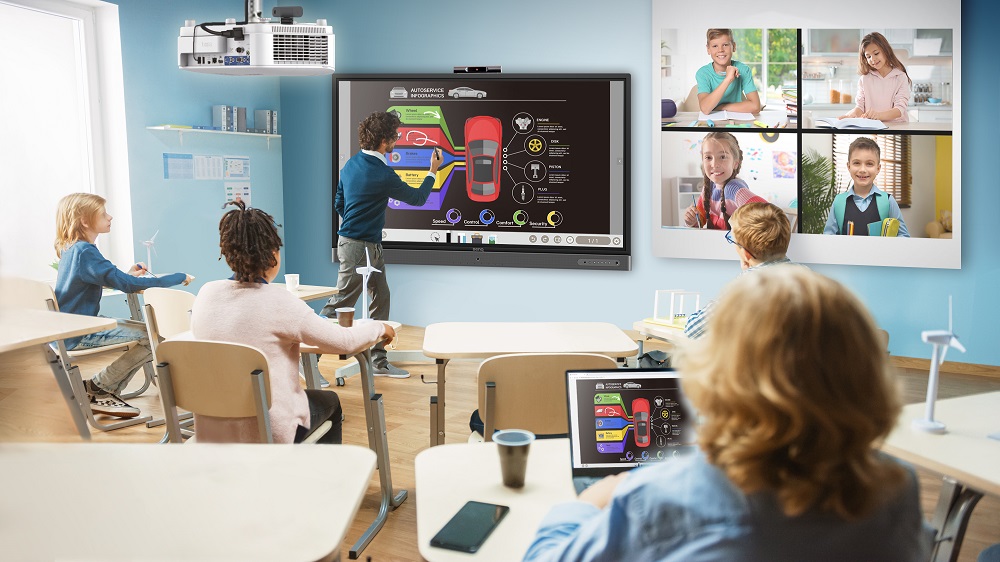
Hanmer recommended that schools keep their CO2 levels below 800-ppm.
“If we can ensure that windows and doors are opened to the extent to keep levels inside down to below 800-ppm, we know that that will give us reasonable levels of ventilation.
“If we can achieve below 600-ppm, that’s even better.”
In an interview with ABC News, Morawska suggested that schools introduce an online database that records CO2 levels in individual classrooms to determine whether ventilation is adequate, and CO2 meters are already being rolled out abroad, in countries such as Ireland and Germany.
Back home, we know that CO2 monitoring will form part of the strategy to reopen schools, and thanks to BenQ’s innovative technology, schools can also play their part to improve air quality and make classrooms safe.
BenQ interactive flat panels
BenQ’s RP series interactive flat panel’s come with an exclusive, handy Air Quality Sensor that can monitor CO2.
The built-in Air Quality Sensors allow teachers to sustain a safe physical environment for students.
Air Quality Sensors help measure and display key environmental parameters in classrooms including temperature, humidity, PM 2.5, P10, CO2 and Volatile Organic Compound (VOC) concentration levels, allowing teachers to intervene with appropriate actions in real-time.
This allows teachers to be kept informed with the health status of their classroom and intervene with actions such as opening windows or adjusting air conditioning.
By changing factors such as ventilation and temperature, based on accurate information, teachers can lower the risk of spreading COVID-19, improve student performance and protect student health.
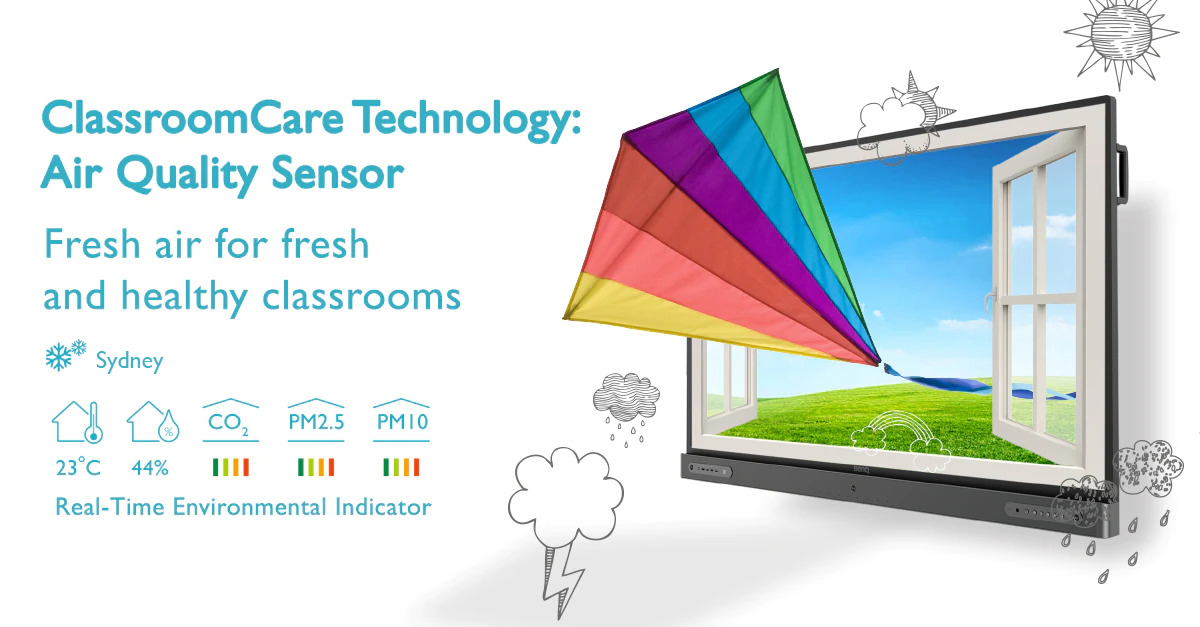
The other benefit of BenQ’s flat panels is that the CO2 meter is built-in, meaning there is no need for external devices or a separate CO2 meter.
Teachers can continue to use the flat panels for blended learning purposes to instruct remote and in-class students, whilst also having access to key health messages displayed on the screen.
All panels in the RP Series also come with BenQ’s advanced ClassroomCare® Technology, equipped with Third Generation Germ Resistant Screens, Smart Eye-Care Solutions that offer eye care and germ resistance to CO2 and particulate matter monitoring.
By effectively monitoring CO2 levels in the classroom, schools will be able to determine the areas that require better ventilation.
Different types of ventilation
So, how can schools improve their ventilation?
To increase airflow, schools may rely on natural ventilation techniques, such as opening windows.
Natural ventilation can help disperse airborne pathogens; however, this method can have its limitations.
“I imagine that there are still many schools which are so-called ‘naturally ventilated’, which means they rely on opening windows. And if there are not enough windows to create sufficient ventilation, or if it is cold and the windows are closed, then this situation could be quite bad,” Morawska said.
Natural ventilation may not also be practical for some classrooms, because windows generally remain closed to prevent external noise and discomfort from outside factors, such as traffic and extreme weather.
On the other hand, buildings that are mechanically ventilated or rely on air conditioning may not allow proper ventilation. Split system air conditioners are especially a culprit.
“If it’s very hot and the classrooms have an air conditioner which is not bringing in fresh air, but it is just recirculating air, likewise, then the virus (will) accumulate in the classroom,” Morawska said.
Morawska also pointed out that improving air quality can easily be left off the radar because unclean air cannot be seen.
“This is really part of the story … the impact of air pollution at this level is not immediately visible,” she said.
“Let’s say if someone drank a glass of tap water, and the water was contaminated, the impact of this would be almost immediate... And then everybody who drank that water would be sick very quickly.
“But with the impact of contaminated indoor air with the virus, a person is sick several days later, and not necessarily everybody [becomes sick] because not everybody inhales the same amount.
“It’s much more difficult to link it, particularly if we don’t want to…”
With these factors in mind, it is important that schools measure CO2 to assess their ventilation and determine what steps to take.
Poor air quality in classrooms is not ideal for learning outcomes, student and teacher health or disease transmission, as many studies have shown.
To be confident of a healthy classroom, educators need data on key environmental parameters measured and monitored in real-time, to act in classroom situations.
Improving the environment of a classroom and providing a safe space where students can thrive every day is equally as important as improving teaching materials or methods.
And above all, dealing with an outbreak is more costly than preventing one.
To find out more about BenQ interactive flat panels, click here.

